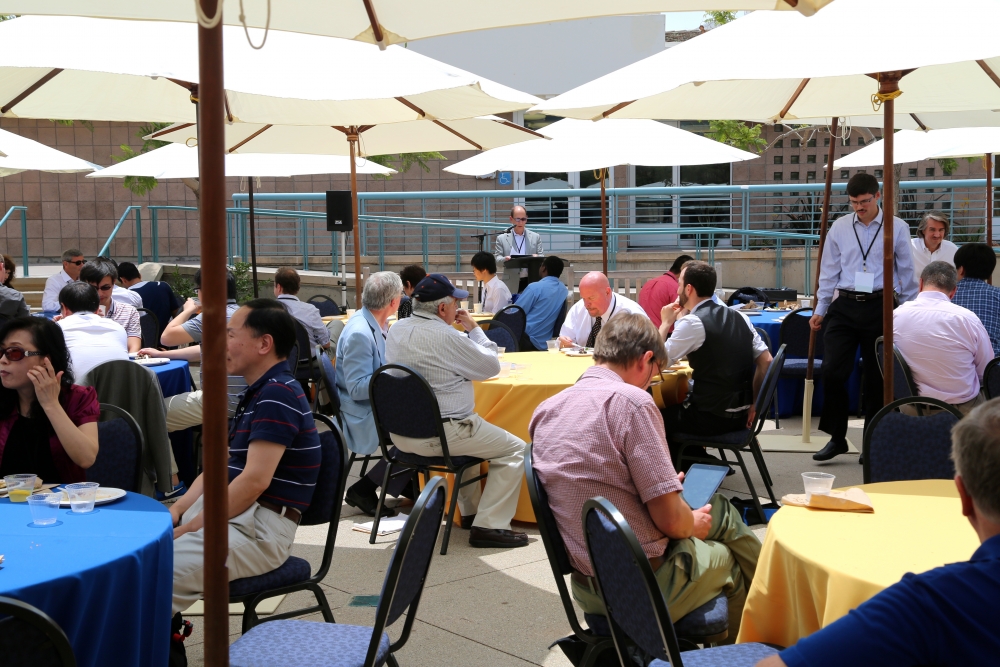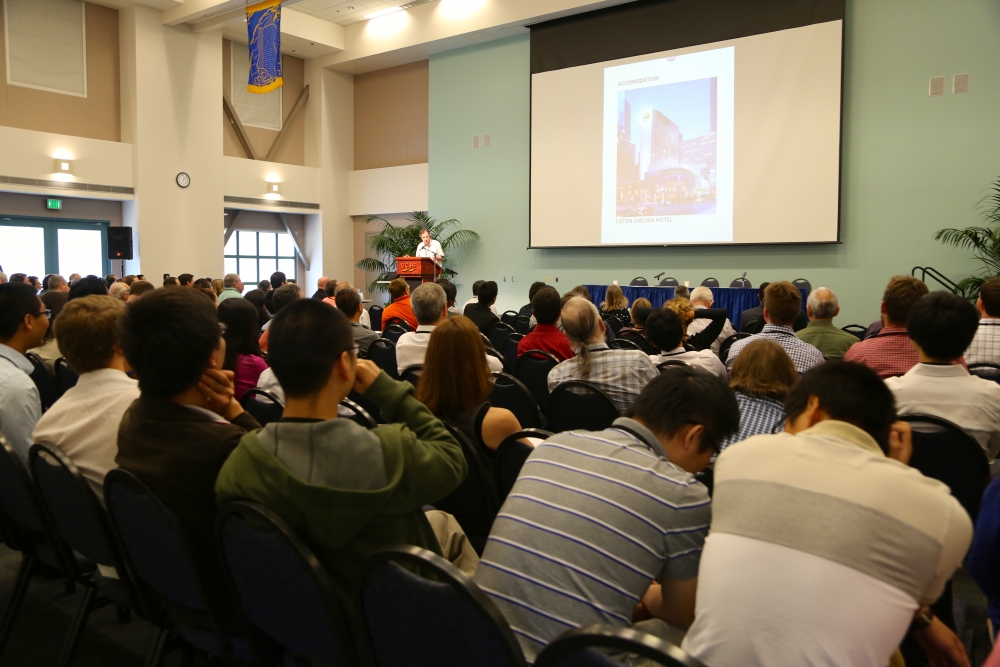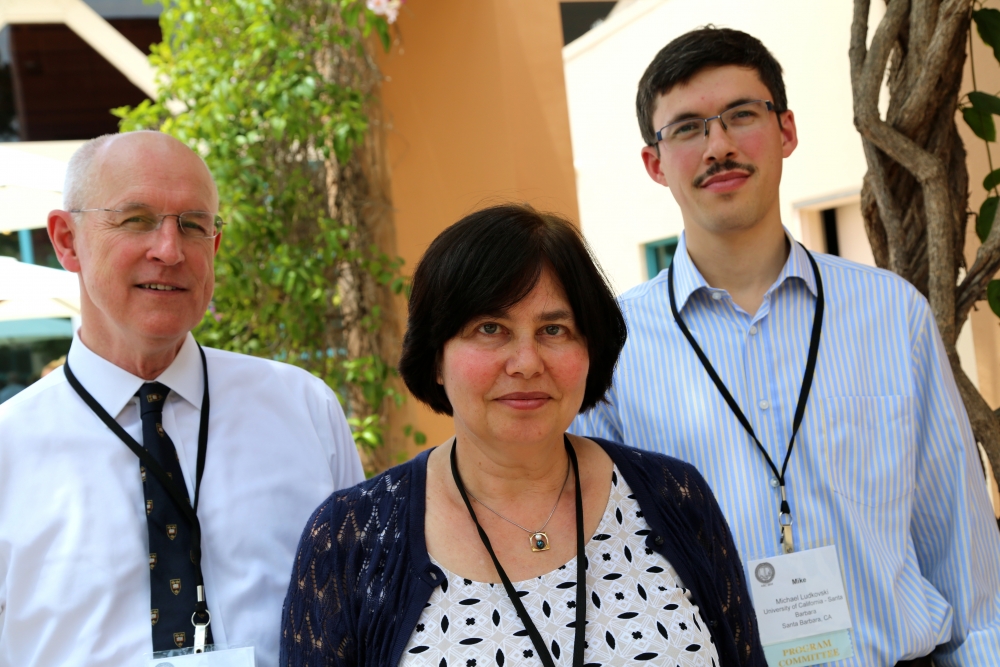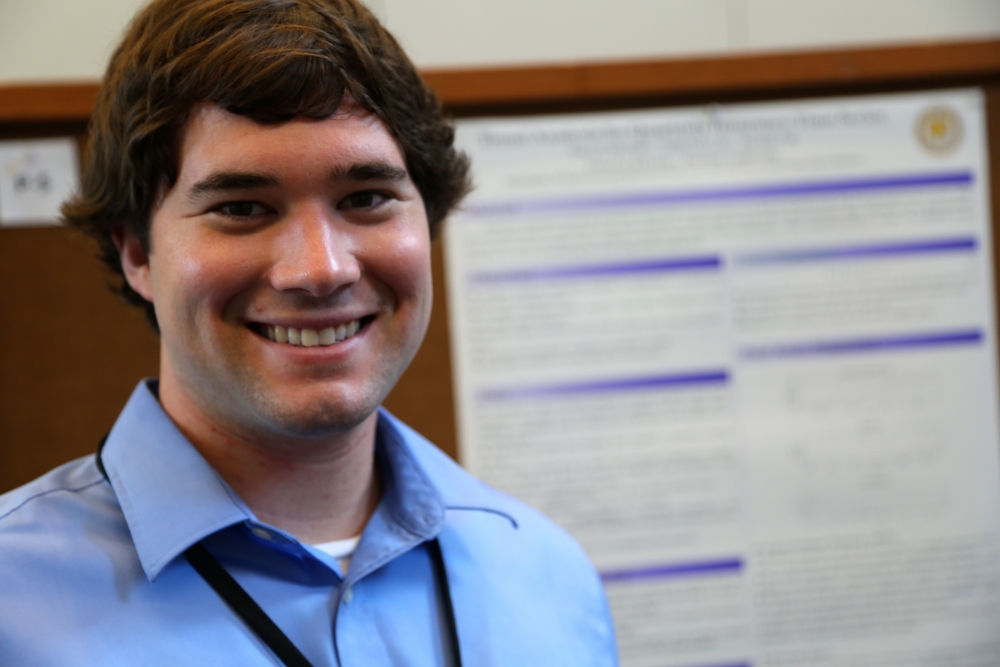Conference Showcases UC Santa Barbara's Actuarial Program
Actuaries from around the world gathered last week at UC Santa Barbara for the 49th annual Actuarial Research Conference (ARC). It is traditionally the central meeting for international academics and researchers interested in all aspects of actuarial science.
ARC is held at a different university each year, and the 2014 event was the largest ever. The conference is open to all areas of actuarial practice and provides an opportunity for experts in the field to meet and discuss actuarial problems and their solutions while promoting education, research and interaction with industry.
“Six years ago few people knew that Santa Barbara had an actuarial program,” said Raya Feldman, co-director of the actuarial science program and organizer of the 2014 conference. “Hopefully today everybody knows about it.”
In fact, the program is thriving, having grown from a handful of students in fall 2010 to nearly 200 today. “UCSB’s Department of Statistics and Applied Probability offers the only bachelor’s degree in actuarial science in California and a unique five-year combined bachelor’s and master’s degree program in actuarial science,” said Pierre Wiltzius, the Susan and Bruce Worster Dean of Science in the College of Letters and Science’s Division of Mathematical, Life and Physical Sciences.
Participants in this year’s conference came from as far away as Beijing, Sydney and Dublin. “I’ve been really, really impressed,” said Sarah Mathieson, head of research for the Institute and Faculty of Actuaries, the United Kingdom’s only chartered professional body dedicated to educating, developing and regulating actuaries based in the U.K. and internationally.
“The program was well-thought-out and the structure was good in terms of the topics covering a real breadth of actuarial science,” she added. “While some of the presentations looked at specific countries, a lot of ideas are actually translatable between different countries and can be used in your own region of the world.”
The keynote speaker, Paul Embrechts, a professor of mathematics at ETH Zurich, one of the leading international universities for technology and the natural sciences, thought a university setting was appropriate. “I am very much in favor of linking university-based actuarial research with applied research,” he said. “I think it is absolutely crucial to have this kind of coming together.”
Nowhere was that illustrated better than in the poster session and competition during which academics and practitioners shared their research. Participants came from companies in China and the U.S. and universities in Canada, Ghana, the U.K. and the U.S.
Conference attendees voted for the best posters. Tied for first place were Richard Pulliam, a student in the combined bachelor’s/master’s actuarial science program, and Jinyuan Zhang, a graduate student at the University of British Columbia in Vancouver. Pulliam conducted a time series analysis for the Northern California division of AAA Insurance, and Zhang presented her work on estimating the conditional distribution of the loss on one asset given a large movement in another. David Smith of the Cass Business School in London came in third for his research on life expectancy.
“I go to a lot of actuarial conferences,” said Ian Duncan, a Fellow of the Society of Actuaries who has taught in the Department of Statistics and Applied Probability since 2011. “This is my favorite because it’s not too big, you meet a lot of old and new friends and you learn a lot. People have been very complimentary about what a great job we’ve done. So I’d say this conference was incredibly successful.”







